FEATURE/From isolation to reflection: Green Island Biennial looks at islands of repression
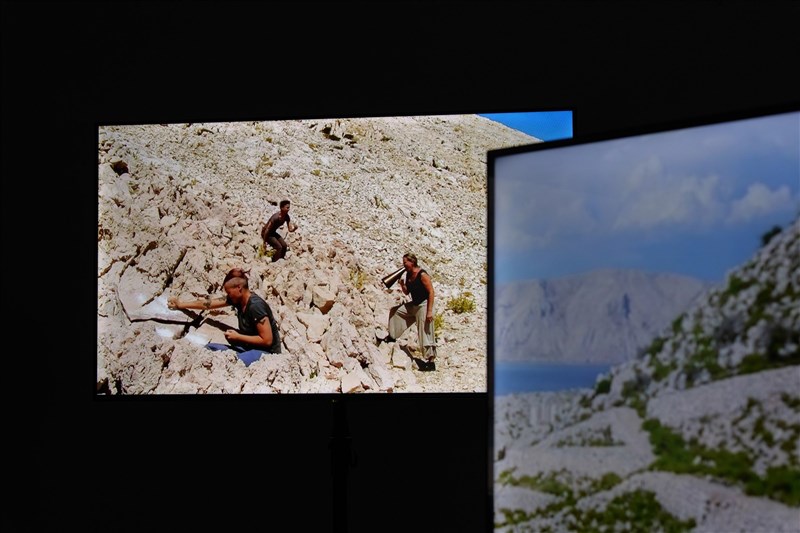
By Teng Pei-ju, CNA staff reporter
After the first group of political prisoners was sent to Green Island in May 1951, several thousand more followed over the next three decades, incarcerated on a small outpost off Taiwan's southeastern coast.
Much like those facing the White Terror on Taiwan proper, inmates held at the island's New Life Correction Center -- and later the Oasis Villa -- endured torture and forced labor, on top of harsh and frugal living conditions shaped by natural limitations.
The prison compound on the 15-square-kilometer outcrop overlooking the Pacific was a grim and isolated existence, cut off from the main island, albeit its hopeful references such as "oasis" and "new life."
The forced ostracization -- both spatial and psychological -- experienced by the political prisoners there is a central theme of the 2025 Green Island Biennial, held at what has since 2018 been transformed into a memorial park open to the public.
The geographically imposed punishment, however, was not unique to Green Island.
Throughout modern history, it has remained a recurring tool of authoritarian control, banishing individuals to the margins of society, yet keeping them close enough to serve as a stark warning to others.
The 2025 exhibition, according to chief curator Nobuo Takamori, looks beyond Taiwan to explore other sites of exile and their scarred histories as seen through the eyes of artists from Taiwan and abroad.
Islands of silence
"You Betrayed the Party Just When You Should Have Helped It" is a project by artist Andreja Kulunčić about the deserted detention camp on Goli Otok -- known in English as Naked Island -- in her native Croatia.
More than 800 women were detained on Goli Otok, accused by Josip Broz Tito's regime of having ties to Soviet-aligned factions under Joseph Stalin, around the same time political prisoners were sent to Green Island in the 1950s.
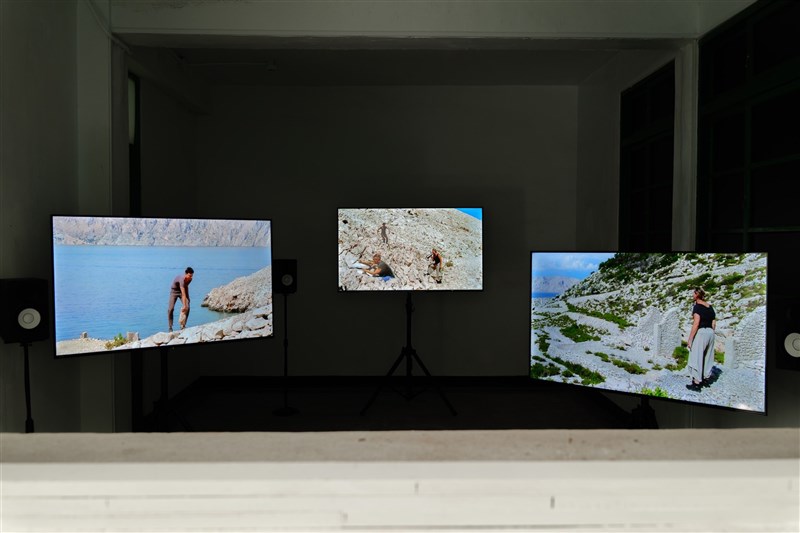
Kulunčić's extensive research sheds light on the brutal treatment of women held on Goli Otok, including being forced to haul stones up and down hills repeatedly with no practical purpose -- a punitive exercise designed to wear them down physically and psychologically.
Such experiences mirrored those of Green Island's prisoners, who were ordered to collect coral stones to build their own confinement.
Through videos and images, the Croatian artist rekindles long-silenced conversations about the women on Goli Otok, where the dilapidated settlement remains a testament to their suffering and traumatic memories.
Landscapes of trauma
Peripheral islands once used to imprison political dissidents continue to carry the imprint of suffering long after the prisoners have left -- a lingering presence that has fascinated Taiwanese artist Liu Yun-yi (劉芸怡).
In her work, "Island Lexicon: Mapping Possible Paths for the Return of Absent Memories," Liu blends the landscapes of Taiwan's Green Island and Vietnam's Côn Sơn, juxtaposing prison ruins and artificially altered terrain to evoke the haunting pasts of both islands and their transformation over time.
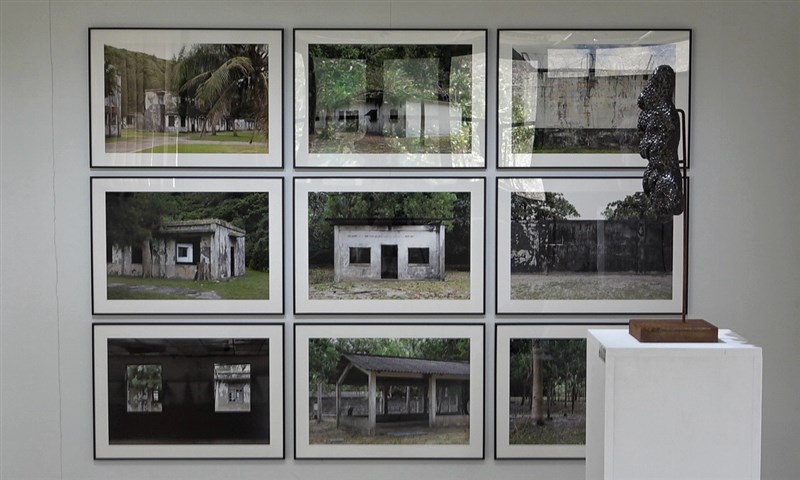
The blurred boundary between the two locations is intentional: they are so intertwined in Liu's images and sculptures that viewers can hardly distinguish which island they're seeing.
Both islands are now popular tourist destinations, known for their natural beauty and water activities.
Green Island alone welcomes around 40,000 visitors each month during peak season -- 10 times its resident population -- and many, clad in diving gear or riding in scooter convoys, casually pass the former prison compound under the blazing sun.
Yet underneath the scenic allure, and despite preservation efforts at the memorial park, the prison cells remained steeped in desolation and their eeriness intact even under daylight.
The Côn Đảo Prison on the Vietnamese island, where individuals deemed threats by French colonizers were imprisoned and tortured from as early as the 1860s and well into the 20th century, is even more bleak, Liu said.
The infamous "tiger cages," built by the French and later used by the Western-backed South Vietnamese government to cram political prisoners into tiny cells, remain a chilling reminder of what many have described as "hell on earth."
Echoes from another Green Island
Across the Taiwan Strait lies another Green Island, or Tsing Chau (青洲) in Cantonese, in Hong Kong, just off the northwest coast of Hong Kong Island, visible to the naked eye.
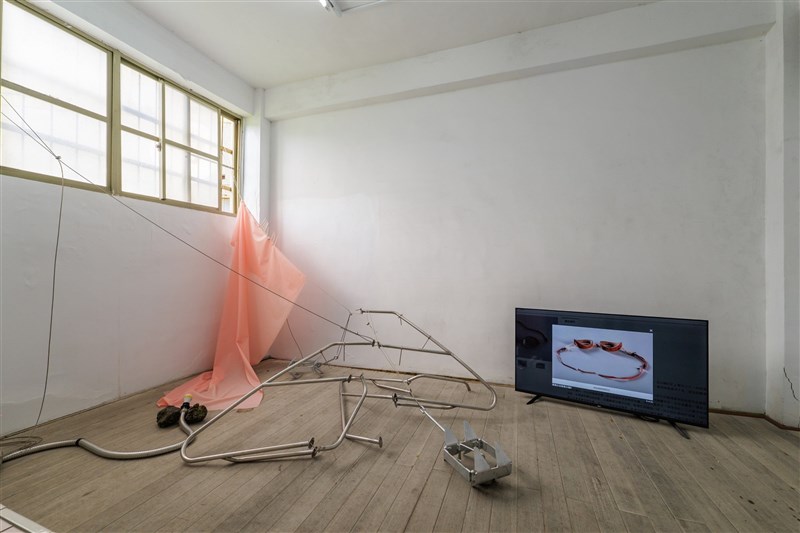
Hong Kong artist Michelle Lee (李可穎) draws on this island's history in her video installation work, "A Cold Wind Blows," to echo Taiwan's Green Island, exploring the displacement and solitude of those once held on the two outlying islands.
For two decades, starting in the 1970s, the Green Island of Hong Kong had sheltered and detained Vietnamese refugees fleeing their home country by boat for economic and political reasons in open and later closed camps.
In one of the small, wooden-floored cells at the Oasis Villa repurposed as an exhibition space for the biennial, Lee constructed a skeletal boat frame embedded with objects, such as a hose clamp that inmates on Taiwan's Green Island would use to cut fruit from trees during the scorching summer heat.
The details speak to the resilience shown by both Taiwanese political prisoners and Vietnamese boat people as they made do with little.
Such spirit can also be seen in Indonesian artist Angga Cipta's "Gempa Langit (Skyquake)," a multimedia piece centered on Indonesian writer Pramoedya Ananta Toer and Taiwanese artist Ou Yang Wen (歐陽文).
Both of them continued to create through writing and photographing in defiance of their decade-long imprisonment.
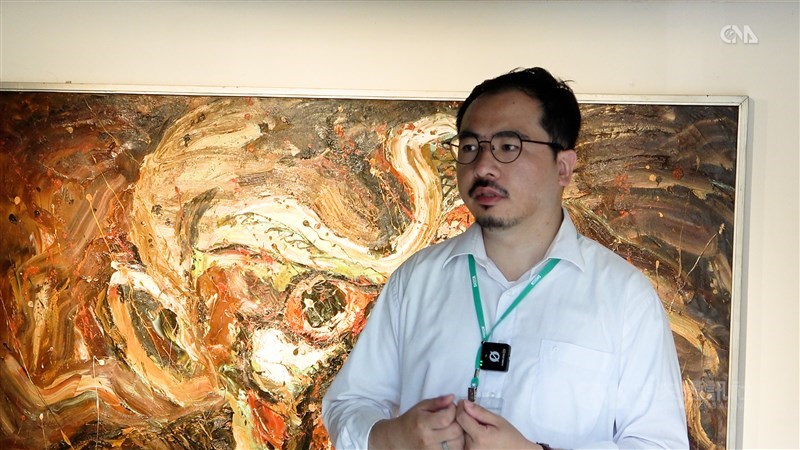
For Takamori, the biennial's head curator, featuring international works is about building bridges between local memory and global human rights discourse.
These cross-border connections also help narrate Taiwan's history of the White Terror -- a period of political repression under the Kuomintang's (KMT) authoritarian rule from 1949 to 1992 -- to both foreign and domestic audiences.
"It appears we're showing the story of another country," the curator said, "but in effect, it's through their story that we tell our own."
The exhibition will run through Sept. 21 and is free to the public.
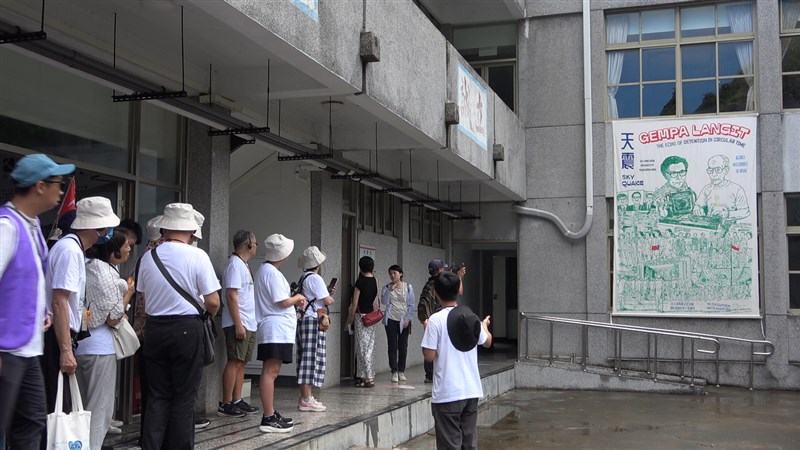
Enditem/ASG
![Amid obstacles, Taiwan businessman still seeking WWII tragedy closure]() Amid obstacles, Taiwan businessman still seeking WWII tragedy closureWorld War II may have ended 80 years ago, but for businessman Hsu Shun-lung (許順隆), it continues to echo in Taiwan through a tragedy that has yet to be brought to a final resolution.12/27/2025 09:48 AM
Amid obstacles, Taiwan businessman still seeking WWII tragedy closureWorld War II may have ended 80 years ago, but for businessman Hsu Shun-lung (許順隆), it continues to echo in Taiwan through a tragedy that has yet to be brought to a final resolution.12/27/2025 09:48 AM![Hualien flood leaves Taiwan grappling with disaster response gaps]() Hualien flood leaves Taiwan grappling with disaster response gapsOn Sept. 23, a historic downpour caused the Matai'an Barrier Lake in Hualien to burst its banks, sending 60 million tons of water and debris through Guangfu Township and killing at least 19 people.10/16/2025 05:02 PM
Hualien flood leaves Taiwan grappling with disaster response gapsOn Sept. 23, a historic downpour caused the Matai'an Barrier Lake in Hualien to burst its banks, sending 60 million tons of water and debris through Guangfu Township and killing at least 19 people.10/16/2025 05:02 PM![Fala Formosa! Taiwanese expats to Brazil carve 7 decades of immigrant stories]() Fala Formosa! Taiwanese expats to Brazil carve 7 decades of immigrant storiesSão Paulo is not typically thought of as a hotspot for Taiwanese restaurants and Boba tea shops, much less places that attract long lines of patrons.10/03/2025 04:08 PM
Fala Formosa! Taiwanese expats to Brazil carve 7 decades of immigrant storiesSão Paulo is not typically thought of as a hotspot for Taiwanese restaurants and Boba tea shops, much less places that attract long lines of patrons.10/03/2025 04:08 PM
- Society
- Politics
Former President Chen to host show on Mirror TV's YouTube channel
01/02/2026 09:28 PM - Politics
Ex-VP Chen Chien-jen to serve as Academia Sinica head starting June
01/02/2026 09:07 PM - Business
Manufacturing activity expands for 3rd straight month
01/02/2026 08:49 PM - Politics
Budget deadlock continues as Legislature blocks review
01/02/2026 07:23 PM


